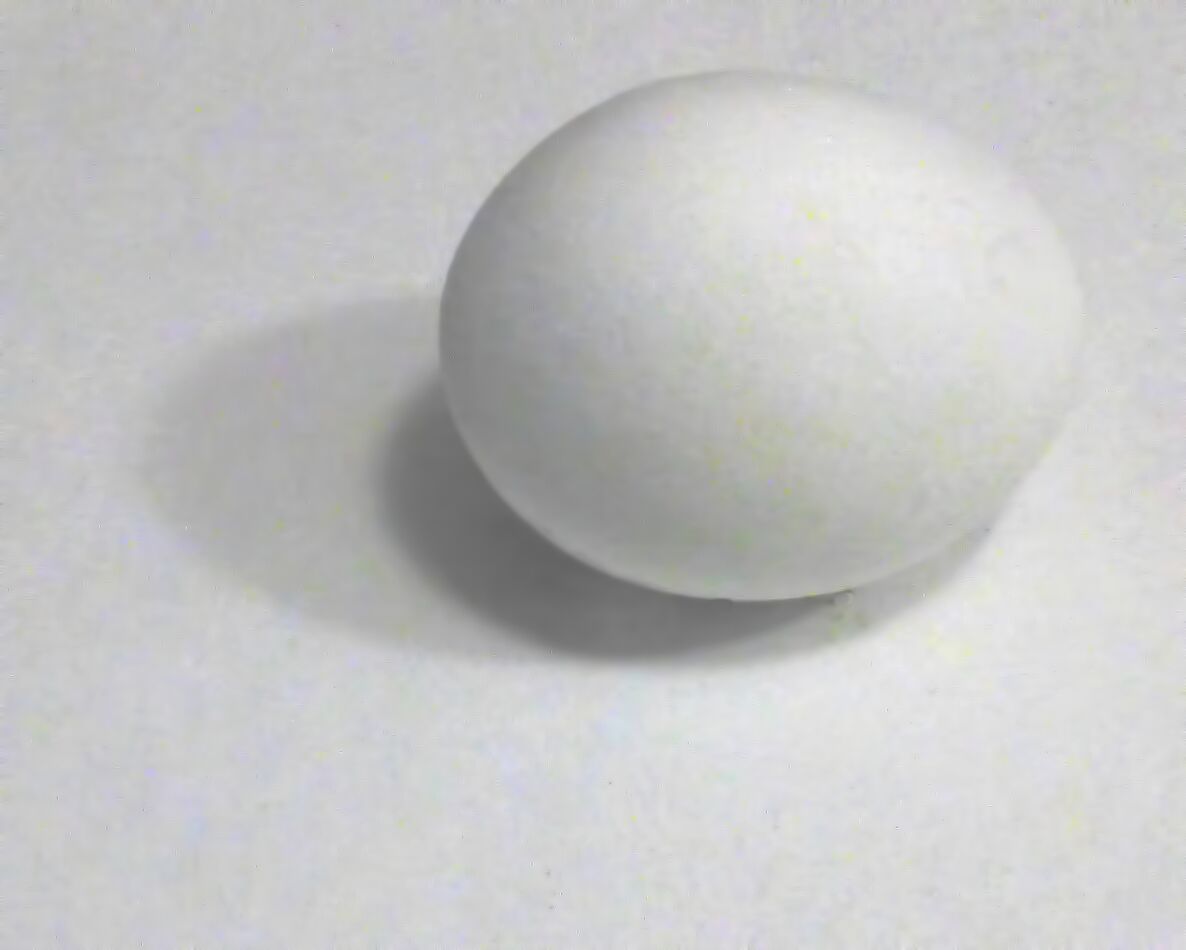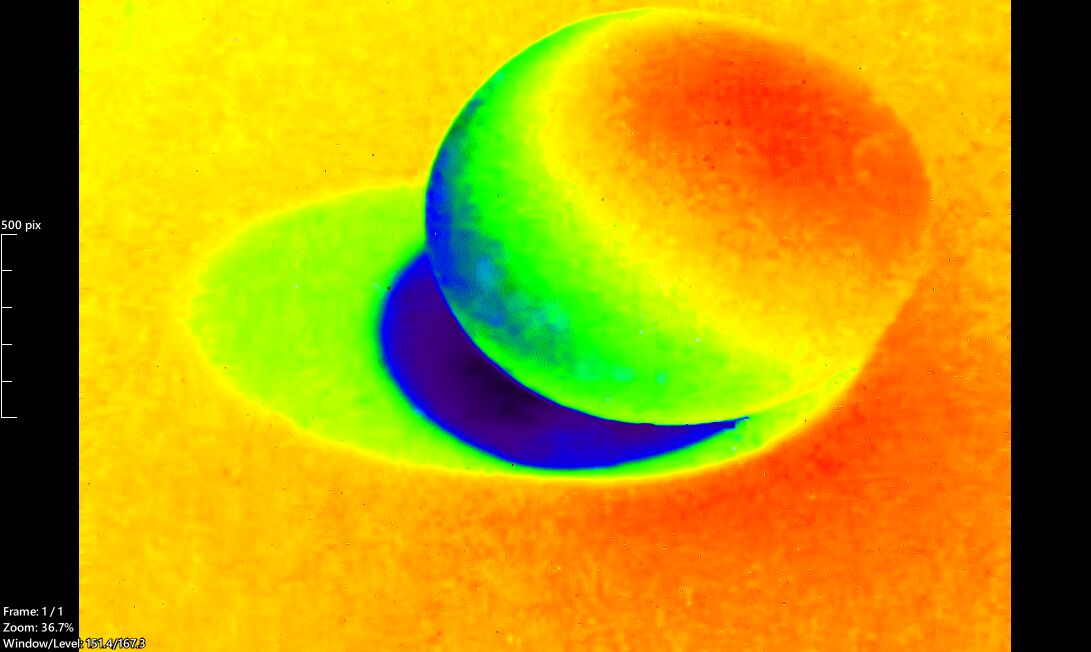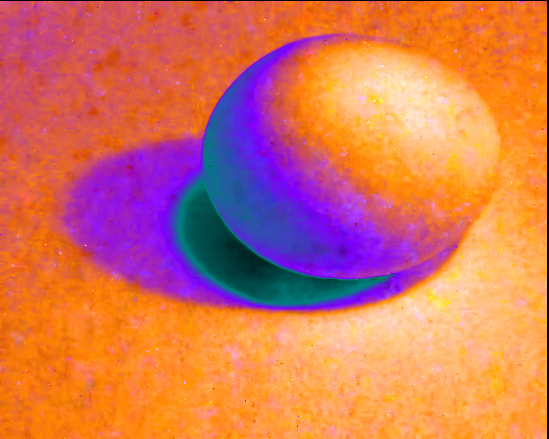IR Gray Scale to Color
Oct 27, 2023 10:07:47 #
There is a free Open-Source, Medical Viewing program called Weasis which will work in most operating systems. Here is how to convert a Gray image to a Pseudo-Color. The subject I have used is one of my photo TBCClub challenges... White on White. VISIT: https://weasis.org/en/
1. Open the program.
2. Under the FILE heading choose OPEN
3. The top symbol Toolbar has a MAGNIFYING GLASS, choose RESIZE TO BEST FIT for a whole image.
4. The 4-word Toolbar chose IMAGE VIEWER, Click on LUT, Look-up-Tables. There are many choices.
5. I you do not like the results there is a Counter-Clockwise Toolbar image that returns to the input image.
6. At the left there is a Pix scale that will change the color somewhat.
7. At the bottom is a color reader that tells the color where the curer is sitting
8. To export the modified image in the top pictorial Toolbar there are two photo symbols the second exports
9. There are many other controls for modifying photos... even 3D slicing of a CT X-ray scan~!
1. Open the program.
2. Under the FILE heading choose OPEN
3. The top symbol Toolbar has a MAGNIFYING GLASS, choose RESIZE TO BEST FIT for a whole image.
4. The 4-word Toolbar chose IMAGE VIEWER, Click on LUT, Look-up-Tables. There are many choices.
5. I you do not like the results there is a Counter-Clockwise Toolbar image that returns to the input image.
6. At the left there is a Pix scale that will change the color somewhat.
7. At the bottom is a color reader that tells the color where the curer is sitting
8. To export the modified image in the top pictorial Toolbar there are two photo symbols the second exports
9. There are many other controls for modifying photos... even 3D slicing of a CT X-ray scan~!
Oct 27, 2023 13:52:00 #
Oct 30, 2023 01:30:10 #
Oct 30, 2023 07:30:54 #
JohnSwanda wrote:
I can't see what that has to do with infrared.
John, your question is a to-the-point worthwhile question to justify the use of this program. I hope the following clarifies the question. Easy for us science nerds to wander off the ever-man's path and thing do-you-see-what-I-see is easily seen.
True IR images, 720 nm or greater, are gray-scale images dealing with and recording absorbed and reflected heat. Our eyes/minds are not accustom to interpreting grayscale subtleties and seeing patterns with in the gray and grayer mixture images. Fore example, the subtleties in an etched metal surface. once the gray scale photo is converted all of a particular grayness are colored in a particular color. In agricultural research conversion to color is a very practical interpretive tool.
https://blog.hxgncontent.com/impact-of-color-infrared-photography-and-color-infrared-images
Here is a great site for seeing ... it has a slider for converting an aerial image into an IR-Color image...for a different prospective.
https://blog.hxgncontent.com/combine-artificial-intelligence-and-aerial-imagery-for-added-value/
From a aesthetic or non-aesthetic view the false color of a once grayscale image is interesting and visual fun. Using a 520 nm filter on a full-spectra camera is in part color ... this requires manipulation to give interesting color mixes. Look at some of the posts in the IR section of UHH.
Oct 30, 2023 08:00:50 #
I have been shooting false color IR for many years and have posted several times in the IR section. I don't think you have to justify using this program, but why call it IR when it isn't?
Oct 30, 2023 15:31:00 #
JohnSwanda wrote:
I have been shooting false color IR for many years and have posted several times in the IR section. I don't think you have to justify using this program, but why call it IR when it isn't?
John, This program was and is mainly used to converts X-ray gray scale images to color. It is simply another way of converting gray scale to false color.
John you post with the 665 nm filter is of course not truly IR, it is shifted toward IR and clipping above 665 nm. Truly beautiful work.


https://www.uglyhedgehog.com/t-768678-1.html
However if you were shooting above 720 nm the photos would be grey... there is where life get difficult... do you have a solution?
Here is another... National Health Institute bio program. "It can create density histograms and line profile plots. It supports standard image processing functions such as logical and arithmetical operations between images, contrast manipulation, convolution, Fourier analysis, sharpening, smoothing, edge detection, and median filtering. It does geometric transformations such as scaling, rotation, and flips. " Every grad school PhD in math understands all that.
https://en.wikipedia.org/wiki/ImageJ
John many IR conversions are "true" conversions to dark IR, examples would be the 720, 850 and dark as night 920 nm. Buy screw on to your camera a 720 nm or greater filter to generate a true NIR, near IR, gray image. Down load a imageJ converter program:
https://imagej.en.softonic.com/download
Join the party....
Oct 30, 2023 15:42:48 #
dpullum wrote:
John, This program was and is mainly used to converts X-ray gray scale images to color. It is simply another way of converting gray scale to false color.
There are many ways of creating false color images. That doesn't mean they are all IR. There are programs which convert regular color images to mimic color IR photos. Most sites devoted to IR photography will not accept them because they are not really IR.
Oct 30, 2023 15:56:48 #
JohnSwanda wrote:
There are many ways of creating false color images. That doesn't mean they are all IR. There are programs which convert regular color images to mimic color IR photos. Most sites devoted to IR photography will not accept them because they are not really IR.
So your camera is not an IR... and your images should not be in the IR section... but being a purist is not fun... What ever~! I like your images even tho not truly IR. And~! we do not have a section for crippled cameras like my full spectra and your 650 nm conversion.
Viewing my 980 nm filter my screen is black... great IR image to view... I think not~!
Fun is:
https://www.lifepixel.com/infrared-filters-choices
Oct 30, 2023 18:22:25 #
dpullum wrote:
So your camera is not an IR... and your images should not be in the IR section... but being a purist is not fun... What ever~! I like your images even tho not truly IR. And~! we do not have a section for crippled cameras like my full spectra and your 650 nm conversion.
Fun is:
https://www.lifepixel.com/infrared-filters-choices
Fun is:
https://www.lifepixel.com/infrared-filters-choices
False color IR always uses a mix of IR and visible light. My IR work uses some IR light, even if you think false color IR isn't really IR. But your program has nothing at all to do with IR. Most of the posts in the IR section here are false color, and I haven't seen them kicked out.
Oct 31, 2023 07:25:23 #
JohnSwanda wrote:
False color IR always uses a mix of IR and visible light. My IR work uses some IR light, even if you think false color IR isn't really IR. But your program has nothing at all to do with IR. Most of the posts in the IR section here are false color, and I haven't seen them kicked out.
John .. IR UHH category is to be enjoyed and is actually not hardball IR.
For the education of all, including myself...by the steps...
1 The category IR, as UHH defines it... "The art, science, and enjoyment of this unique branch of photography. "
Kolarivision "Infrared photography is photography of near-infrared light in the 700-1200nm range."
https://kolarivision.com/what-is-infrared-photography/
2 You state, "False color IR always uses a mix of IR and visible light." I assume you mean the image has part of the color "mixed" spectra. So no, by Kolarivision mixing color with "IR" is not truly IR. But they do talk about mixed visible and IR.
3 Kodak the classic grand masters of photographic knowledge give a detailed discussion and define their IR as being 700-1100 nm:
https://125px.com/docs/film/kodak/f13-HIE-200006.pdf
4 John said, "My IR work uses some IR light, even if you think false color IR isn't really IR. " No your work, is not really IR, it is a mixture, and I too like to use a mix... 520, 620 nm filters. To that end, my converted cameras are "full spectra" altho, my full spectra cuts off on the UV end because my glass does not transmit UV well. Full discussion by Kolarivision:
https://kolarivision.com/uv-photography-lens-compatibility/
5 The program, Weasis, discussed here has creates "false-color" from true IR gray-scale images. You, John, state: "program has nothing at all to do with IR." Not true, IR has no color the human eye can see according to NASA Science, " Typically, the human eye can detect wavelengths from 380 to 700 nanometers."
https://science.nasa.gov/ems/09_visiblelight/
6 IR light physics gets complicated... "Image processing is a challenging domain of applied mathematics which has to deal with discrete and continuous representations. " Weasis provides a math algorithm for converting true gray-scale IR images to give viable images. Another is "imageJ"... "Fiji is a distribution of ImageJ which includes many useful plugins."
https://www.sciencedirect.com/science/article/abs/pii/S1350449518309265
https://www.sciencedirect.com/topics/physics-and-astronomy/image-processing
https://imagej.net/software/fiji/downloads
Oct 31, 2023 08:30:25 #
dpullum wrote:
John .. IR UHH category is to be enjoyed and is ac... (show quote)
If I were interested in true grayscale IR, I would be shooting B&W IR film as I did back in the day, in 35 mm and 4x5. I don't think true digital IR can match a silver print of IR B&W film. I also tried Kodak's color IR film back in the day, but I didn't like the red skies, and the first time I saw a false color digital IR with the red/blue channel swap I knew that's what I wanted to work with, and that and the 665 filter gave me a color palette I liked, enough that I'm working with my third camera with that filter.
Oct 31, 2023 14:04:53 #
John, I never said you were wrong for liking mixed visible/IR... it is my favorite also. Both of my IR cameras are full spectra. I too use the 665 nm filter to give some color.
John learn to relax... looking at your history of replies, so many are argumentative when no disagreement is needed or justified. Relax and enjoy.
Yes, the 665 nm is great for surrealistic colors... There is a simple click to give a R/B swap down load as a plugin at Flaming- Pear... then you can adjust with a Topaz Clarity which has sliders for contrast and for tint/saturation/luminosity.
http://flamingpear.com/older.html
http://flamingpear.com/freebies.html
Grayscale is for some photos a novelty and for many, a scientific tool, example being medical X-rays and other b/w shades of gray images like 3D CT scans. Agricultural images change when viewed in false "shades of" colors. Micro biology is gray-scale, as is Scanning Electron Microscopy. Another is metallurgy etching to reveal the crystalline structure of the metal surface.
John relax and enjoy and understand that the IR section is for manipulated photos that are in the Near Infrared area.
John learn to relax... looking at your history of replies, so many are argumentative when no disagreement is needed or justified. Relax and enjoy.
Yes, the 665 nm is great for surrealistic colors... There is a simple click to give a R/B swap down load as a plugin at Flaming- Pear... then you can adjust with a Topaz Clarity which has sliders for contrast and for tint/saturation/luminosity.
http://flamingpear.com/older.html
http://flamingpear.com/freebies.html
Grayscale is for some photos a novelty and for many, a scientific tool, example being medical X-rays and other b/w shades of gray images like 3D CT scans. Agricultural images change when viewed in false "shades of" colors. Micro biology is gray-scale, as is Scanning Electron Microscopy. Another is metallurgy etching to reveal the crystalline structure of the metal surface.
John relax and enjoy and understand that the IR section is for manipulated photos that are in the Near Infrared area.
Oct 31, 2023 14:18:44 #
dpullum wrote:
John, I never said you were wrong for liking mixed... (show quote)
I use Nikon NX studio to process my IR RAW files because it is better than Photoshop at managing IR white balance. Then I use Photoshop for the rest of my processing. Many years ago I downloaded a PS action which sets up adjustment layers for the channel swap and also a Hue Saturation layer and several other adjustment layers to play with. All the colors in my IR images are there in the original capture, and I use saturation to bring them out.
Nov 11, 2023 14:18:47 #
petrochemist
Loc: UK
dpullum wrote:
True IR images, 720 nm or greater, are gray-scale images dealing with and recording absorbed and reflected heat.
True IR images, 720 nm or greater, are gray-scale images dealing with and recording absorbed and reflected heat.
Actually the colours of the bayer matrix used in most cameras has different absorbance in the 700-850nm region, so it is quite possible to produce false colour images through a 720nm filter. It may be easier with cameras with permissive hot mirrors (which see 750nm much more than 850nm+) but I've never explored this.
My first experiments in IR involved using a 720nm on such a unmodified camera, and the images could have the saturation boosted so that dyed hair showed blue relative to the subjects skin.
'True IR images' would also include images from a thermal camera (they're typically sensitive from 1000nm to 14000nm - considerably longer wavelengths than the near IR we normally play with, as silicon become transparent to IR around 1100nm) These are routinely displayed using false colour to indicate the relative temperature. They deal with transmitted heat. Unfortunately thermal cameras are considerably more expensive than NIR models, and they are also quite low resolution.
If you want to reply, then register here. Registration is free and your account is created instantly, so you can post right away.




